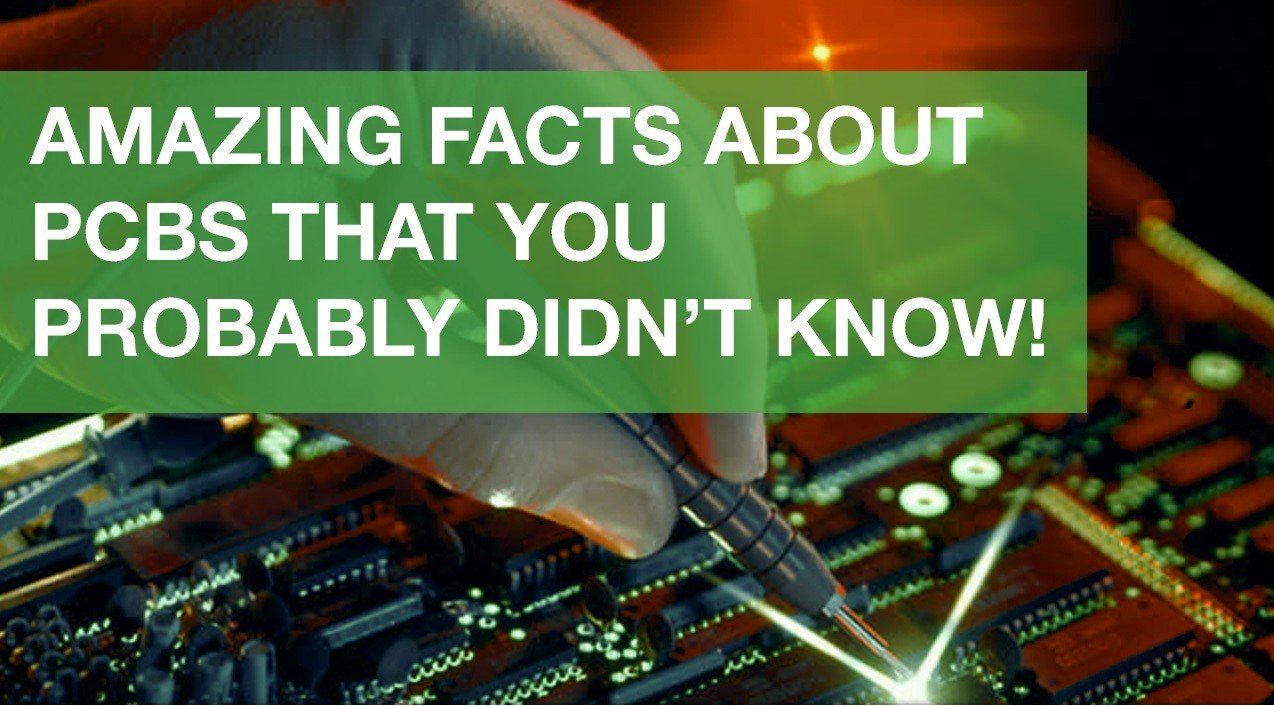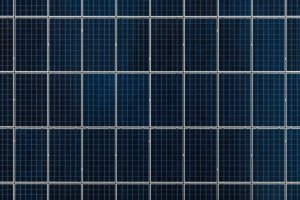
Geleen 3 September 2018 – By now most of you know what printed circuit boards are, how they look and what they are used for. But there are still many things you probably didn’t know. Therefore, here are some fun and cool facts about printed circuit boards.
1. Why are printed circuit boards green?
As you probably would have noticed almost every pcb has that distinctive green collor. But why? Why green and not blue, or red? Well the green that you see is the colour of the soldermask showing through the upper glass layer.
But is there a specific reason printed circuit boards are green? The short answer is no. There isn’t a specific reason why pcb’s are green. One theory states, that the green has to do with the standard used by the American military, and use of it spread from there. While another theory suggests that green could have been the colour of the original solder mask resin, used for the contrast of green with white text. Although due to modern technology there are no restrictions for the use of colours.
2. They can be completely personalised.
Most of the pcb’s (over 99%) are within certain parameters of standard services. These are not as expensive as fully personalised ones and often manufactured in mass production. When you do have specific requirements virtually anything is possible. Circuit boards can be ordered to suit whatever specification you need, but do keep in mind that could be very expensive.
3. The very first printed circuit boards weren’t made from copper.
Modern day printed circuit boards are partially made from copper. But the first circuit boards, made in 1920 where made from materials like Bakelite, Masonte, layered cardboard and even thin wooden planks. Through holes, flat brass “wires” were bolted onto the board. Connections to the components were usually made just by pressing the brass parts onto the components. So instead of the usual copper connections what we are used to today, in the early days of developing circuit boards, brass was used as a connector.
4. Printed circuit boards are very vulnerable to static electricity.
Static electricity, or Electro-Static Discharge (ESD) as it is referred to in the industry, is a bigger problem now than ever before. ESD has been mitigated over the past few years due to wide spread adoptions of policies and procedures. These procedures help to lower the likelihood of ESD damage. Through the years devices became smaller and smaller, therefore they become more susceptible to damage by ESD. The damage caused by ESD is something to take in account. It is even possible to blow an etch off a circuit board with just static charge!








